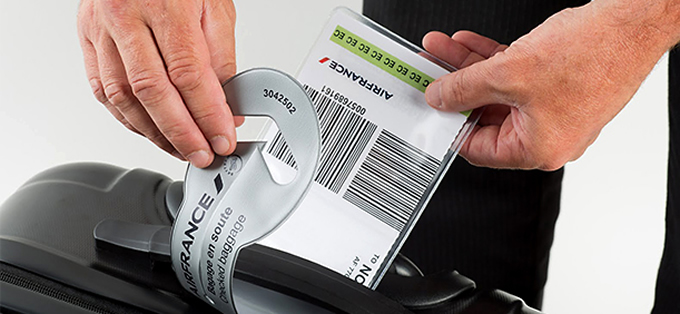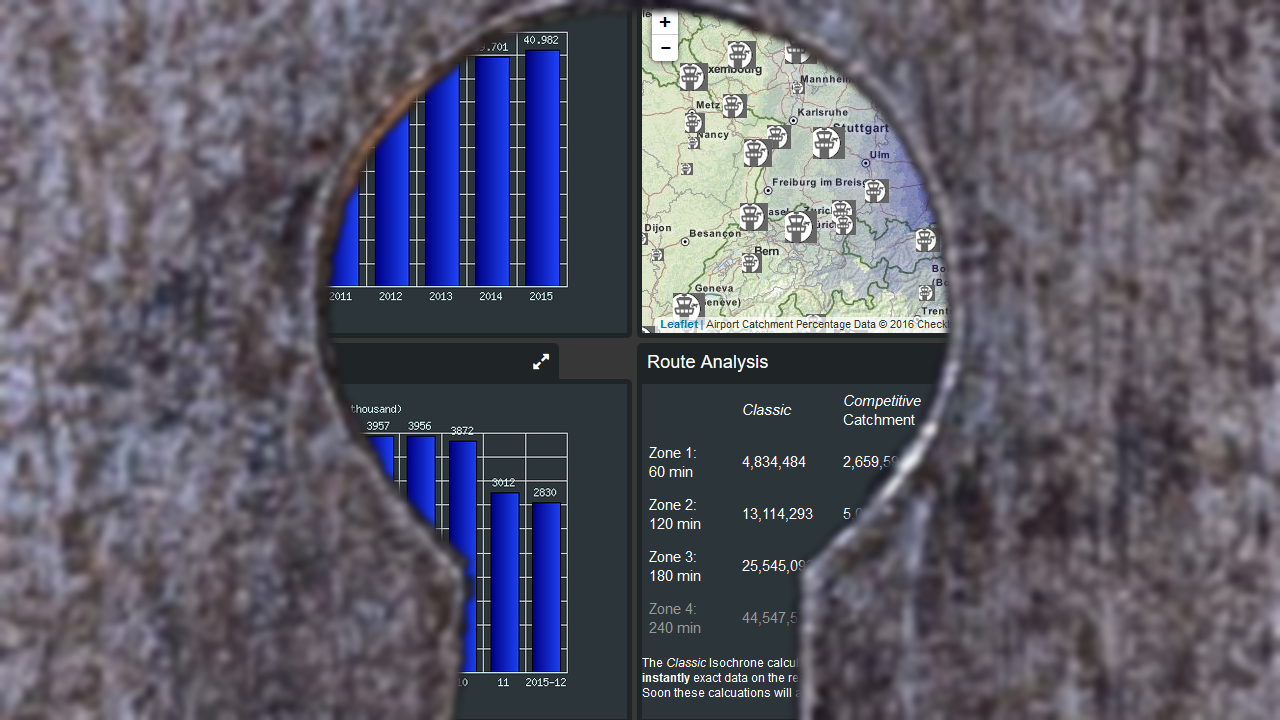 I keep telling people that you have to understand your business model, you got to understand your “Unique Selling Proposition” (USP). But then I fall in the same trap. Implying “initial” understanding…
I keep telling people that you have to understand your business model, you got to understand your “Unique Selling Proposition” (USP). But then I fall in the same trap. Implying “initial” understanding…
We recently had a discussion on this with […] on CheckIn.com and found them to have a typical misunderstanding, considering us “competitive”… Say what?
So yes, it brings up the question: What’s our USP… And why are we not competitive to anyone? What makes our dashboard “different” (unique)? And why is it so difficult to make professionals understand…?
It seems simple enough.
It’s not the “MIDT”
Current “solutions” focus on flight data (MIDT, etc.). We focus on passenger potentials. And thinking further down the road; our “route level” will focus on commercial relations between the regions, ethnic traffic (VFR, visiting friends & relatives) as well as Tourism (taking into account the hotelrooms per population). We believe (from own airport and route development experience) that flight data is for established routes, but nevertheless require – other – experts to analyze. As they also relate to frequencies, flight times, air fares, reputation, and other “soft factors”.
But we look on the ground.
Own experience: A low cost carrier “cannibalized” a regional aviation route, the regional carrier was forced out. A year later, the route was dead. For the flight profile was on a double daily, small airplane, business travel. The low cost tried triple weekly, big aircraft, low fares, tourists. Sorry, no tourists that route…
So don’t put us in the box “passenger review”. This is new. Our tools are especially useful on routes without any previous flight operations, without comparable flights from neighboring airports. When “MIDT & Co.” leave you in the blind.
The Isochrones People
It’s not really about Isochrones either (though we call ourselves The Isochrones People). Where common Isochrones usually are results of more or less creative guesswork and simply look at how far you get in 30, 60, 90 minutes driving from the airport, their source data is usually on county level or worse, often the figures do not compute with our own findings – not even close. So what’s the source and do you trust it?
Just some examples from public sources, what we had to deal with:

It took us four years (out of five) to compile our data sources, test, throw away, dig into them, correct them (usually very much) and compile the sources in a way we can reuse them without too much work. Because every year there are changes, communities merging, splitting, renaming, …
Find solutions to calculate mass drive times. Where the commercial services limit to 1 million requests a year (at a fortune), we have that number in a few weeks. So we use commercial “standalone” solutions like the logistics industry uses, but still – running a country takes some days of pure computing time.
The Stuntmen
Still having some bugs, using commercial software for the mapping caused the maps to be close to unusable in Eastern Europe. Not professional for sure. So we had to relaunch. Now we use Open Street Map with a mix of their data and mapping data we receive from the countries. Which differ from what the commercial map providers sold us, but “suddenly” and to our expressed delight fit the statistical sources we use. And the bugs we solve one by one.
Wonder why no-one did our stunt before? Wonder why we think no-one (in his/her right mind) will? Above is your answer. But was that really necessary?
Eyesight for the Blind…
From our experience and that of the experts out there supporting us (airlines, airports, and their consultants), we know there is need for understanding the local customer base. And highly expensive, often outdated analyses of questionable quality at exorbitant prices. So yes, we think our services are needed. And if you don’t use them, you remain blind on one eye.
So what’s our USP again?
We’re not just polishing your Crystal Ball as I keep saying. We expand your vision and understanding to what’s truly important. But wasn’t yet available for no-one dared to address the complexity behind it. So trust the airport they know their market? The best you could do. Now we do better. We qualify their impressions with hard data.
And we make it comparable.
And that’s why we don’t compete with the flight data providers. We do something new. We do the other side of business. The hard one ツ
Seen our demo yet? Three airports. Full analysis. Free to use. But we have almost 600 more: https://www.CheckIn.com/
We’ll debut at Routes and hope to speak to many of you. It’s still “brand new” with cuts and edges. We will smooth them out and improve, we promise. But what we have was simply beyond imagination.
![“Our Heads Are Round so our Thoughts Can Change Direction” [Francis Picabia]](https://foodforthought.barthel.eu/wp-content/uploads/2021/10/Picabia-Francis-Round-Heads.jpg)
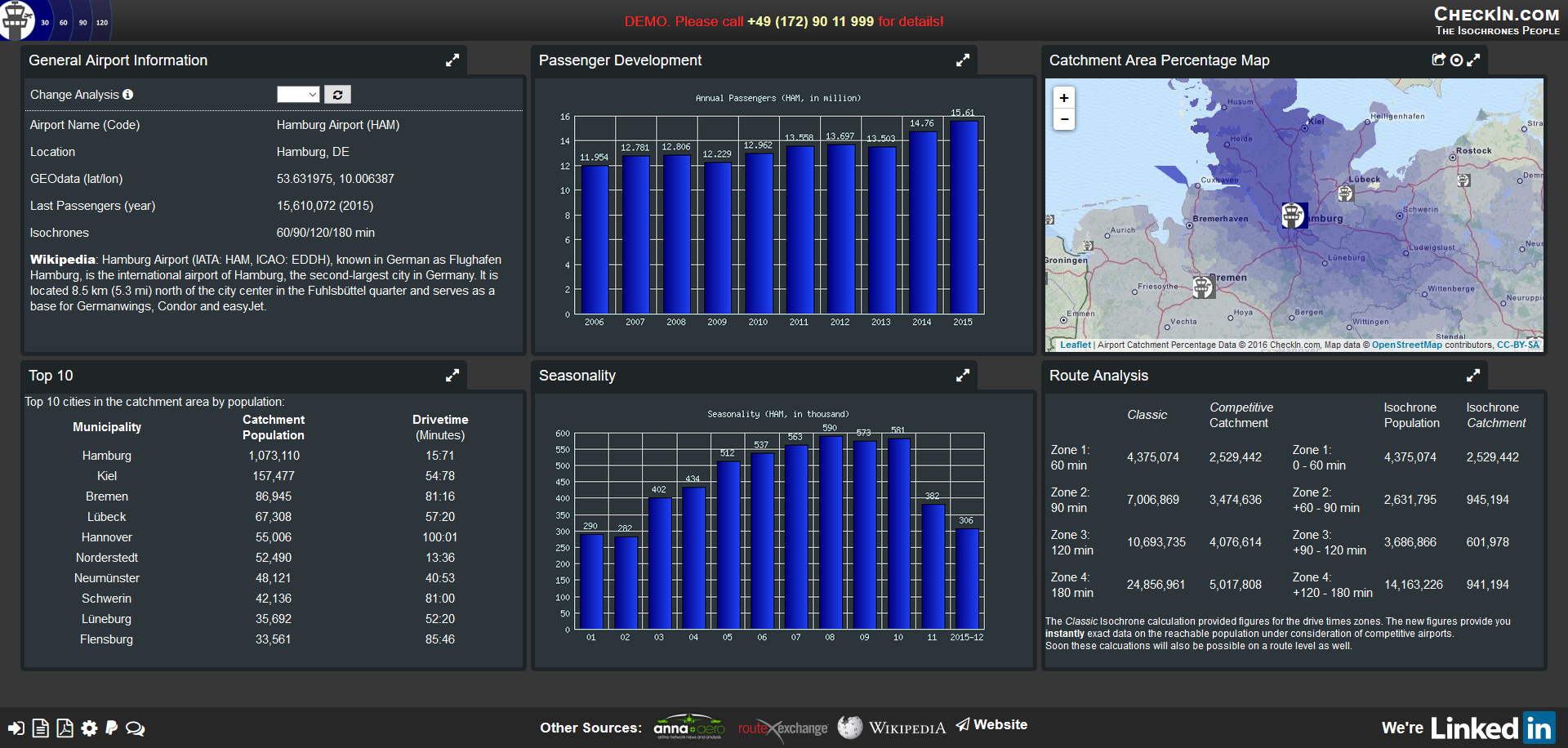
 Following the acquisition by my employer delair by SITA, I was not allowed to maintain a personal blog until our parting of ways in February 2016.
Following the acquisition by my employer delair by SITA, I was not allowed to maintain a personal blog until our parting of ways in February 2016.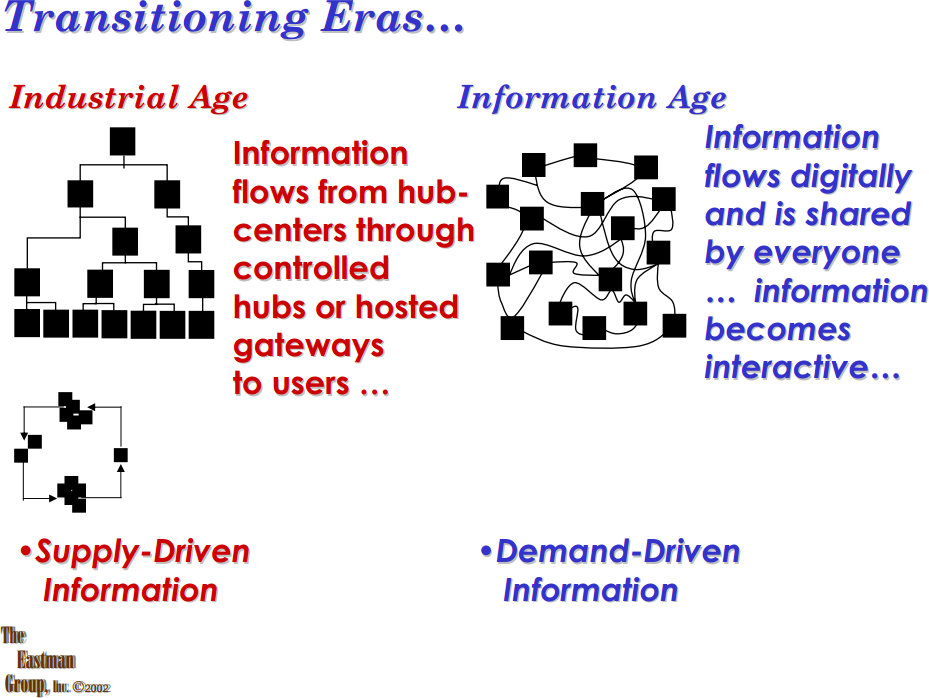
 Who’s the Customer?
Who’s the Customer?
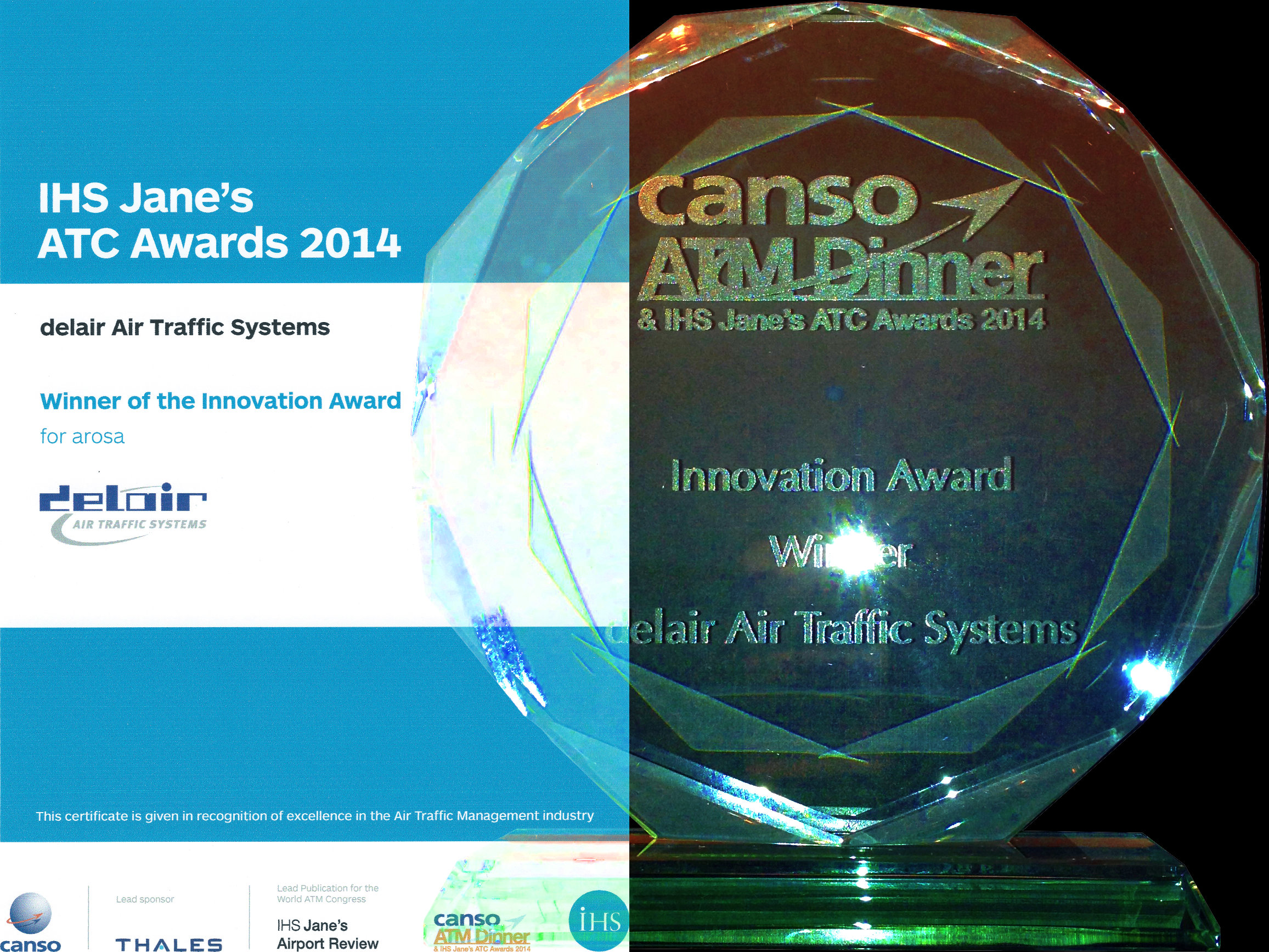 Saving, no matter the cost
Saving, no matter the cost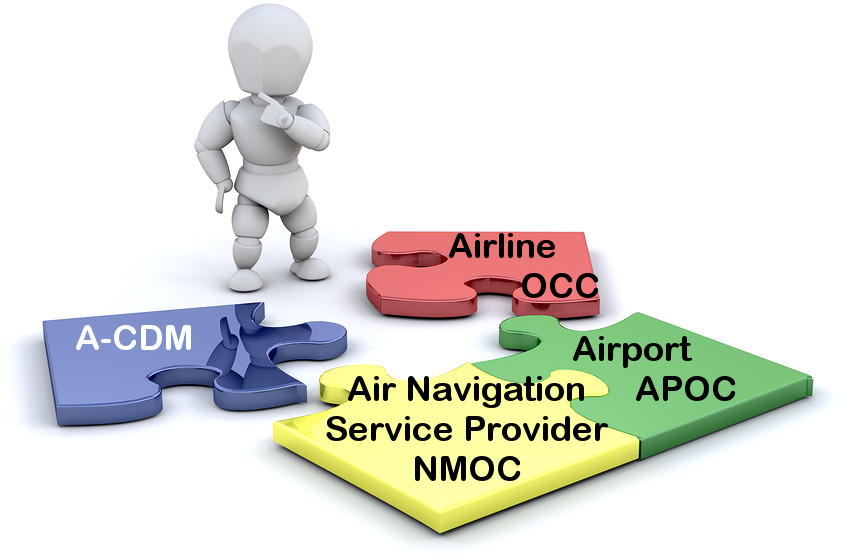 Collaboration vs. Silo
Collaboration vs. Silo
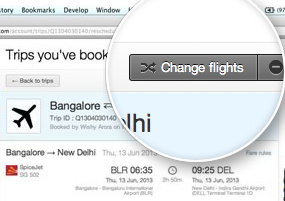 Just screening all those wisdoms my friends keep sharing on LinkedIn and Facebook, here one from own experience…
Just screening all those wisdoms my friends keep sharing on LinkedIn and Facebook, here one from own experience…
 Another issue is drive times, where we have to deal with the fact that “unique administrative places” are not being found either in Google, nor by other on- and offline mapping tools. Often, road data is missing completely, making it impossible to calculate any drive times. Especially going east that caused us quite some headaches (and night shifts). So now finally, though with already some delay, we have everything covered. But we recognize that “mapping” is a major fuzziness, if we go with existing technologies – we should buy into commercial collections of administrative borders, though which also don’t completely match with the data we are having.
Another issue is drive times, where we have to deal with the fact that “unique administrative places” are not being found either in Google, nor by other on- and offline mapping tools. Often, road data is missing completely, making it impossible to calculate any drive times. Especially going east that caused us quite some headaches (and night shifts). So now finally, though with already some delay, we have everything covered. But we recognize that “mapping” is a major fuzziness, if we go with existing technologies – we should buy into commercial collections of administrative borders, though which also don’t completely match with the data we are having. So January 1st, we started the
So January 1st, we started the  Then came the shock. Within days, Jürgen went into sickleave, undergoing a major surgery Feb 27th, taken completely out of the loop for the better part of 14 days and being still hospitalized (4th week), depriving us from the most knowledgable and networked expert in our team. He is well now, still recovering, still hospitalized. The tumors identified turned out a haemangiome (as “known” since 2002) and a benign neuroendokrineous one.
Then came the shock. Within days, Jürgen went into sickleave, undergoing a major surgery Feb 27th, taken completely out of the loop for the better part of 14 days and being still hospitalized (4th week), depriving us from the most knowledgable and networked expert in our team. He is well now, still recovering, still hospitalized. The tumors identified turned out a haemangiome (as “known” since 2002) and a benign neuroendokrineous one. Having the drive time calculations completeted for Europe, we will now start to work on North America already. With the custom tool received by
Having the drive time calculations completeted for Europe, we will now start to work on North America already. With the custom tool received by 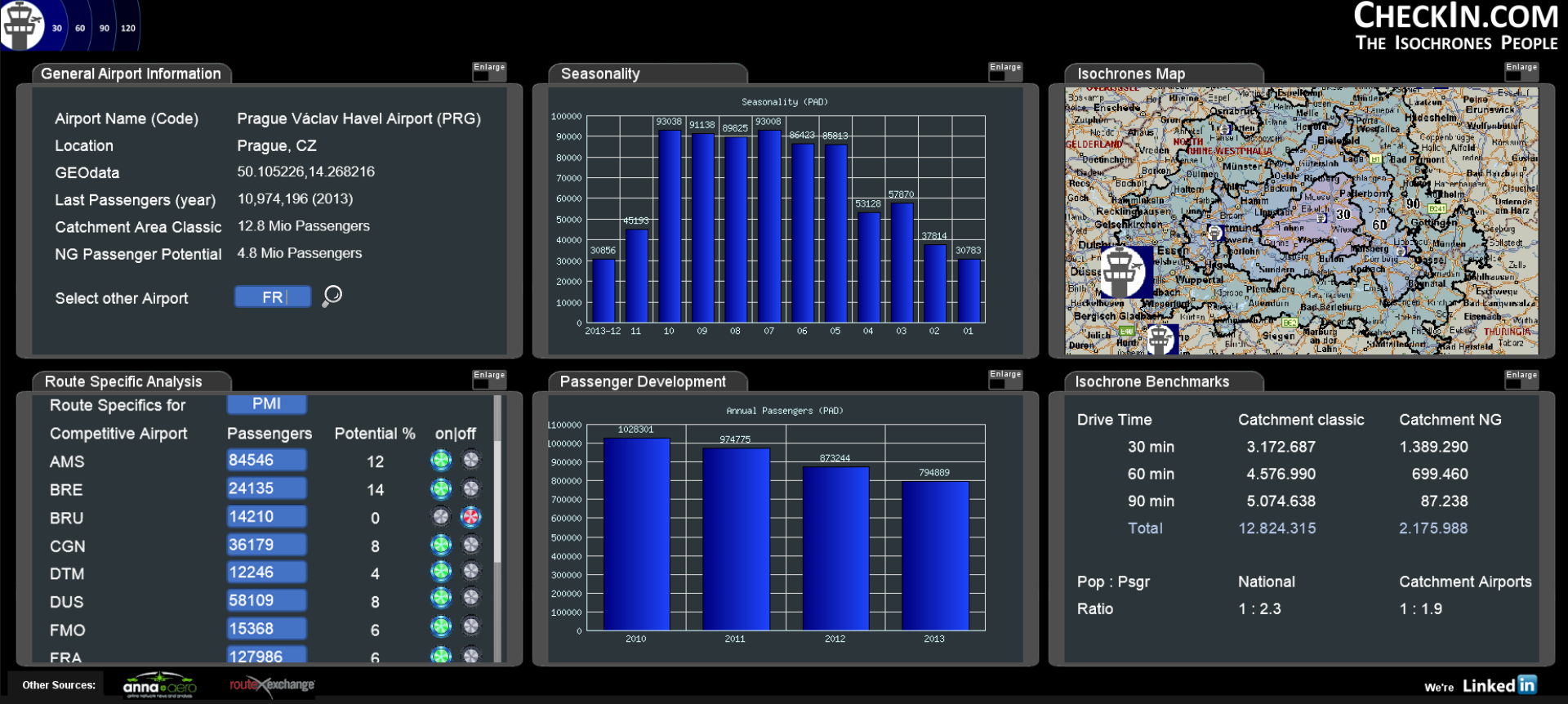 Then we have to find a web-agency that can do it (the famous needle in the haystack problem). But without map(s), the dashboard is incomplete, so there must be some “placeholder” while we create the map(s). All those tasks we now have to do on our own finally summed up to the painful decision to reschedule the development plans and skip Routes. Which was especially hard on Jürgen to convince, who is a great fan of that event. We do hope you can understand the reasoning behind our decision and appreciate your feedback – supportive, critical, honest. And if you have ideas how to speed up our agenda, if you have reference to a real good web-agency, you are very welcome! Just a little bit
Then we have to find a web-agency that can do it (the famous needle in the haystack problem). But without map(s), the dashboard is incomplete, so there must be some “placeholder” while we create the map(s). All those tasks we now have to do on our own finally summed up to the painful decision to reschedule the development plans and skip Routes. Which was especially hard on Jürgen to convince, who is a great fan of that event. We do hope you can understand the reasoning behind our decision and appreciate your feedback – supportive, critical, honest. And if you have ideas how to speed up our agenda, if you have reference to a real good web-agency, you are very welcome! Just a little bit
 With increasing legal demand to reimburse passengers on late or canceled flights beyond the value of their net fare they paid, this is were money for the airline is burned. And impact of disruptions and delays at the airport or in the air space may be a nuisance for the work at the airport or the air traffic controllers, but they have a commercial impact on the airline:
With increasing legal demand to reimburse passengers on late or canceled flights beyond the value of their net fare they paid, this is were money for the airline is burned. And impact of disruptions and delays at the airport or in the air space may be a nuisance for the work at the airport or the air traffic controllers, but they have a commercial impact on the airline: One discussion a few days ago addressed the definition of “departure”. And it is such a basic difference in definition, it hit me like a hammer, making me understand the impact of that different perception! When air traffic control talks about departure, they talk about the take-off of the aircraft (ATOT). When the airline and airports talk about the departure, they often talk about the time, the aircraft leaves it’s parking position at the terminal or on the apron, the off-block-time (AOBT). I had trouble, understanding, why an airport should invest into a “Pre-Departure Sequencer” instead of a DMAN in the delair-definition. The difference is based on the same subtle misperception of departure. The PDS and most “DMANs” out there focus on the TOBT, taking somewhat into account the delivery of the aircraft “in time” to the runway. Based on a rather “static” assumption of ATC capacity. The DMAN in delair perception optimizes the “real” departure. Taking into account minimum separation of aircraft, depending on the Standard Instrument Departure (SID) route and other highly complex parameters, the DMAN calculates the best TOBT. Thus, no matter the general disruptions at the airport and the real throughput on the runway by ATC, it delivers as many aircraft as possible for departure. That maximises the throughput and in turn minimizing the recovery time after general delays or disruptions.
One discussion a few days ago addressed the definition of “departure”. And it is such a basic difference in definition, it hit me like a hammer, making me understand the impact of that different perception! When air traffic control talks about departure, they talk about the take-off of the aircraft (ATOT). When the airline and airports talk about the departure, they often talk about the time, the aircraft leaves it’s parking position at the terminal or on the apron, the off-block-time (AOBT). I had trouble, understanding, why an airport should invest into a “Pre-Departure Sequencer” instead of a DMAN in the delair-definition. The difference is based on the same subtle misperception of departure. The PDS and most “DMANs” out there focus on the TOBT, taking somewhat into account the delivery of the aircraft “in time” to the runway. Based on a rather “static” assumption of ATC capacity. The DMAN in delair perception optimizes the “real” departure. Taking into account minimum separation of aircraft, depending on the Standard Instrument Departure (SID) route and other highly complex parameters, the DMAN calculates the best TOBT. Thus, no matter the general disruptions at the airport and the real throughput on the runway by ATC, it delivers as many aircraft as possible for departure. That maximises the throughput and in turn minimizing the recovery time after general delays or disruptions.

